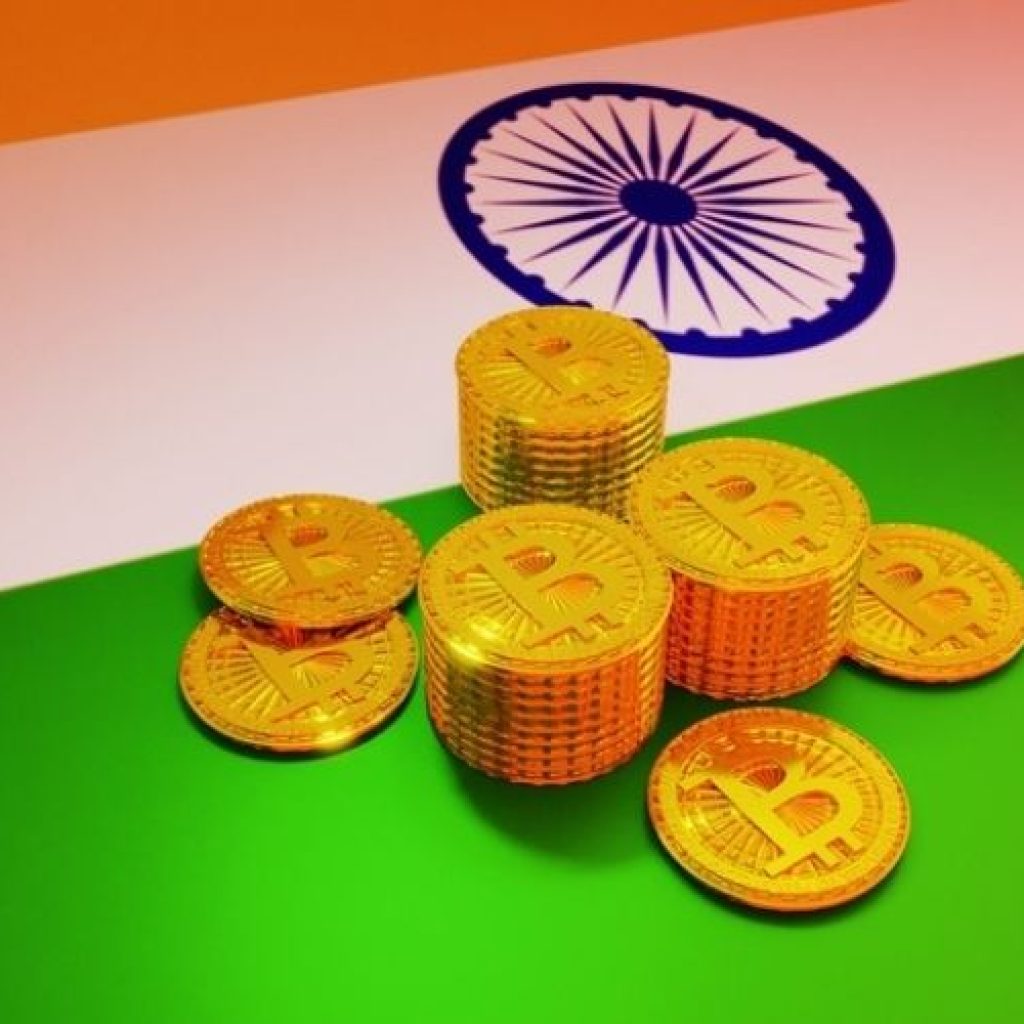The internet is a necessity in the current digital era. One can easily argue for the role of reliable internet coverage in improving the quality of life of individuals and the development of nations.
Almost every business and industry in developed regions of the world have incorporated the internet to streamline operations. It adds convenience to many departments, including online banking, investing, e-commerce, online education, entertainment, social connections, etc.
While all these services significantly improve human lives, billions of people in developing countries, especially in Africa, are yet to fully experience the opportunities the internet offers. There are more than 1.4 billion people in Africa, according to Worldometers. A recent study by the International Financial Corporation found that barely 22% of Africa’s population have internet access. The stats are also low for Asia and Arab nations.
3air adapted this novel technology, K3 Last Mile solution, to bridge the global connectivity gap and serve the remaining one billion people in Africa without access to reliable broadband internet. Until recently, this goal seemed like a step too far for many projects.
What is K3’s wireless technology?
K3 Last Mile solution is the logical and updated alternative to the traditional internet system of wire connections. It is a patented wireless technology capable of facilitating broadband internet connectivity to urban and distant regions in any weather condition. The technology is currently deployed and enjoying significant success in Sierra Leone without suffering any lags caused by extreme weather conditions in the country.
This video describes 3air’s latest developments in its first deployment zone.
The companies behind the new technology are 3air and K3 (K3 is a Swiss-based broadband infrastructure provider). Both firms have partnered to develop and distribute K3’s wireless technology across several countries with limited internet connectivity.
The system can provide broadband connectivity to remote healthcare, e-government, virtual schools, automatic meter reading, remote work, etc., all through optics-grade internet connectivity.
K3 vs. traditional internet models
Ideally, the perfect solution to address the issue of the global digital divide should be cost and time efficient. In this regard, the traditional internet infrastructure is not the most effective approach to connecting the billions of people without access to stable, swift, and affordable internet.
Wire-based connections also suffer scalability issues in many cases. It is almost impractical to create the tunnels required to lay the cables for broadband internet for many reasons, including the financial implication and potential displacement of many people.
However, K3’s wireless solution requires fewer resources to distribute quality broadband internet, even in densely populated cities of developing countries.
How is K3 different?
While other connections may be affected by rain and bad weather, K3 technology works perfectly in these conditions without any drop-off in speed and stability.
K3 Last Mile provides three services – broadband internet, digital TV, and IP telephony. While the traditional internet systems can average 17Mbps, the K3 solution can provide up to 1,000 Mbps of ultra-high-speed broadband internet to end users and 17,112 Mbps per base station.
Unlike traditional internet service providers, 3air plans to leverage blockchain technology to provide secondary digital services such as identity management, payments, and credit line monitoring as more people gain access to the internet. 3air’s vision includes expansion into collateralized and undercollateralized loans, IoT, and roaming. It also aims to adopt disruptive innovations like broadband tokenization and enable secondary markets.
The future looks promising for 3air and its growing community of users. Its community may also grow to include third-party internet service providers, depending on the platform’s growth.





